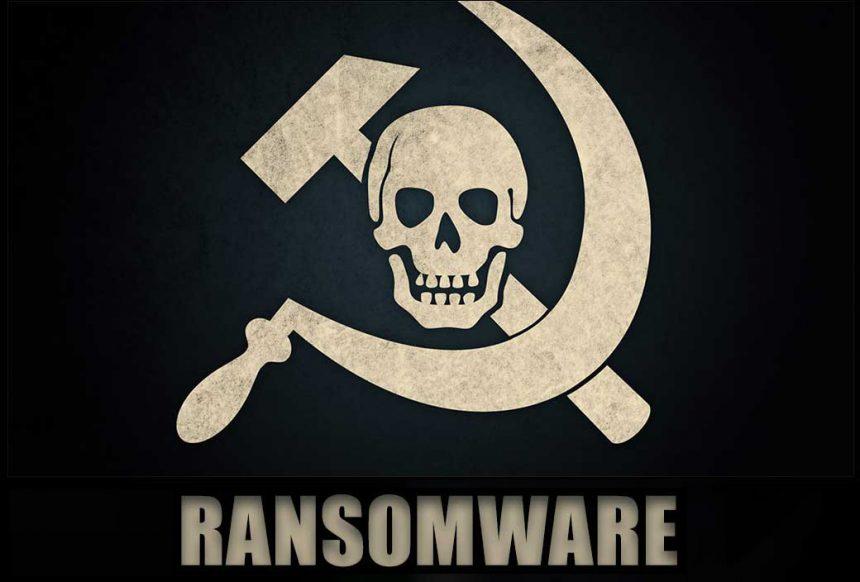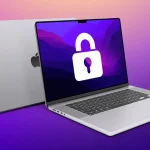Ransomware continues to be a prominent and devastating form of cyberattack, with Kixtixcy ransomware—a member of the notorious Dharma family—emerging as a recent example of the havoc such malware can wreak. This article delves into the nature of Kixtixcy, its operational mechanisms, the impact it has on affected systems, and provides a detailed guide to removing the ransomware using SpyHunter. Additionally, preventive measures are discussed to help users protect their systems from future infections.
What is Kixtixcy Ransomware?
Kixtixcy ransomware is a crypto-virus that encrypts files on a victim’s computer and demands a ransom for their decryption. Discovered through samples submitted to VirusTotal, Kixtixcy targets local and network-shared files, appending the “.kix” extension to encrypted files. It also leaves behind two ransom notes:
- A text file named “kix_info.txt”.
- A pop-up window displaying the ransom message.
Remove annoying malware threats like this one in seconds!
Scan Your Computer for Free with SpyHunter
Download SpyHunter now, and scan your computer for this and other cybersecurity threats for free!
The ransomware modifies filenames by appending the victim’s unique ID, an email address for contacting the attackers (“kixtixcy@tuta.io”), and the “.kix” extension. For example:
1.jpgbecomes1.jpg.id-9ECFA84E.[kixtixcy@tuta.io].kix2.pngbecomes2.png.id-9ECFA84E.[kixtixcy@tuta.io].kix
Ransom Note Overview
The ransom note—presented both in the “kix_info.txt” file and the pop-up window—informs victims that their files have been encrypted. Victims are instructed to contact the attackers via the provided email address and include their unique ID. A secondary email (“kixtixcy@cyberfear.com”) is suggested if no response is received within 24 hours.
Pop-Up Message Text:
kixtixcy
YOUR FILES ARE ENCRYPTED
Don't worry, you can return all your files!
If you want to restore them, write to the mail: kixtixcy@tuta.io YOUR ID 9ECFA84E
If you have not answered by mail within 24 hours, write to us by another mail: kixtixcy@cyberfear.com
ATTENTION
kixtixcy does not recommend contacting agent to help decode the dataHow Does Kixtixcy Ransomware Operate?
Once executed, Kixtixcy ransomware follows a systematic approach:
- File Encryption: It encrypts local and network-shared files, making them inaccessible to users.
- Filename Modification: It appends the “.kix” extension along with a unique ID and email address to the filenames.
- Disabling Recovery Mechanisms: It disables the system’s firewall and deletes Volume Shadow Copies to prevent file recovery via traditional methods.
- Persistence Mechanisms: Copies itself to the
%LOCALAPPDATA%directory and modifies registry Run keys to execute automatically on system startup. - Potential Data Collection: May gather location data and avoid targeting specific geographical locations.
Distribution Methods
Kixtixcy ransomware is typically distributed through:
- Vulnerable Remote Desktop Protocol (RDP) services.
- Malicious email attachments containing macros.
- Tech support scams.
- Torrent websites and P2P networks.
- Malicious ads and deceptive websites.
- Infected USB drives and software vulnerabilities.
Consequences of a Kixtixcy Infection
- Data Encryption: Files are rendered inaccessible.
- Ransom Demands: Users are pressured to pay for decryption tools.
- Secondary Threats: Additional malware or trojans may be installed.
- System Performance Issues: Persistent changes affect system stability.
How to Remove Kixtixcy Ransomware
Step 1: Use SpyHunter to Remove Kixtixcy
SpyHunter is a powerful anti-malware tool designed to detect and remove ransomware and other malicious programs effectively. Follow these steps:
- Download SpyHunter.
- Install SpyHunter: Follow the on-screen instructions to install the tool on your system.
- Perform a Full System Scan: Launch SpyHunter and initiate a full system scan to detect Kixtixcy ransomware and other potential threats.
- Remove Detected Threats: Once the scan is complete, use SpyHunter to remove all detected threats.
- Restart Your System: Reboot your system to ensure complete removal.
Step 2: Recover Encrypted Files
Unfortunately, there is no free decryption tool available for Kixtixcy ransomware at the moment. To recover your files:
- Restore from Backups: If you have a backup, restore your files from there.
- Use File Recovery Tools: Tools like EaseUS Data Recovery Wizard may help recover some encrypted files.
Preventing Future Ransomware Infections
- Strengthen RDP Security:
- Disable unused RDP services.
- Use strong, unique passwords.
- Implement two-factor authentication (2FA).
- Maintain Regular Backups:
- Use external drives or cloud storage to back up your data regularly.
- Ensure backups are disconnected from the network after creation.
- Update Software and Systems: Regularly update your operating system and software to patch vulnerabilities.
- Avoid Suspicious Links and Attachments:
- Do not open unsolicited email attachments or click on suspicious links.
- Scan all downloads with reliable antivirus software.
- Install Robust Security Software: Use trusted anti-malware tools like SpyHunter to provide real-time protection.
- Practice Safe Browsing Habits: Avoid visiting questionable websites or downloading pirated software.
Conclusion
Kixtixcy ransomware is a sophisticated and dangerous malware belonging to the Dharma family. It encrypts files, disables recovery mechanisms, and demands payment for decryption. The use of anti-malware tools like SpyHunter is crucial for removing such threats effectively. However, prevention remains the best defense against ransomware. By following the outlined preventive measures, users can protect their systems and data from future infections.





